MiMU Gloves are a fusion of textiles and electronics with a complex anatomy. This section gives you a tour of the textiles, input sensors and measurements, and the glove's visual and haptic feedback.
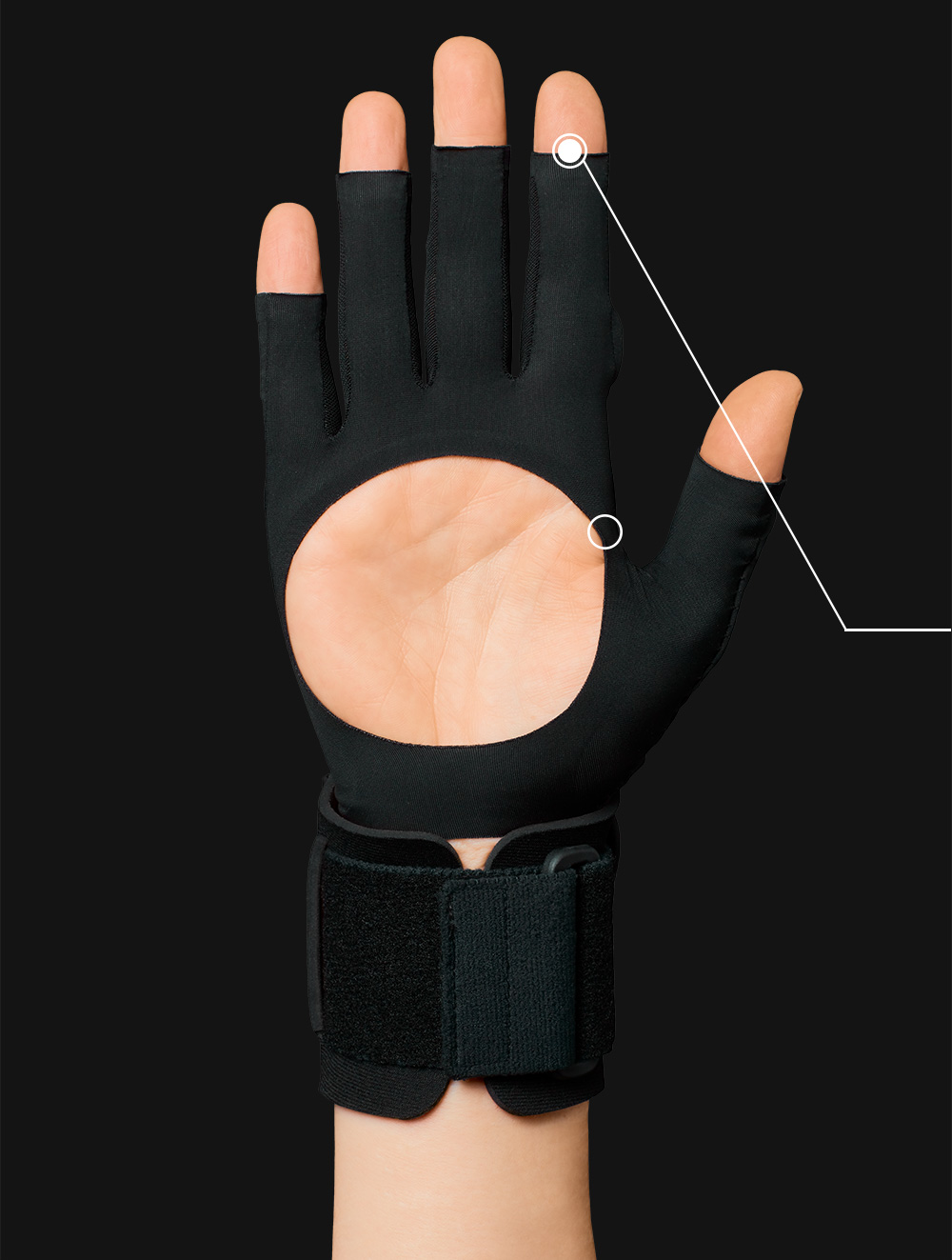
The textile of the MiMU glove is optimised for music making! Here’s how:
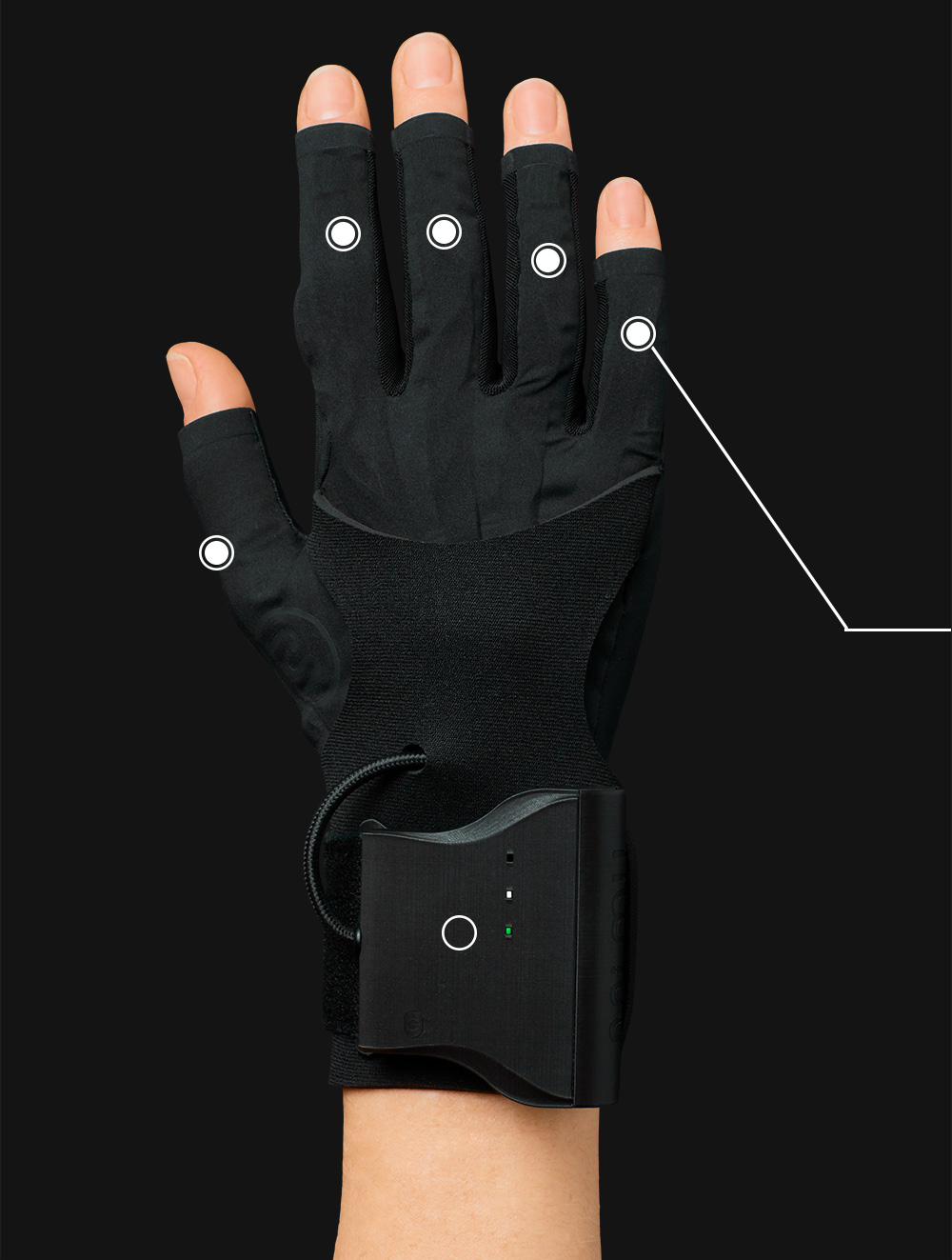
The gloves each contain eight flex sensors, which measure the bend of the fingers. It’s the measured flex from these eight sensors that is the input for the posture recognition in Glover.
Your pinkie and thumb have only a single flex sensor on them, while all other fingers have two flex sensors each. For fingers that have two sensors in them, the one closest to the fingertip is called "Distal" (think of it as "distant" from your body), and the one closest to your wrist is called "Proximal" (remember it as in close proximity to your body). You will need to know these names if you want to map individual finger bend.
Two kinds of finger flex are available as movement inputs using the flex sensor data:
A Note on Calibration
Calibrating is recommended if you want to use individual flex sensors or Average Flex as inputs. The posture training ignores the calibration so it's not essential to go through this process if you are only using postures as inputs. Calibrating your Gloves will allow you to get the most accurate flex sensor data reading from your Gloves for individual flex measurements. Click the “Calibrate” button in the Device Inspector and slowly open and close your hand for about 10 seconds. Click "OK" when done.
Glover uses machine learning to enable you to train up to nine postures per Glover device in a session. The postures then appear as event inputs in the Device Inputs pane. See the Postures section for more on posture training and recognition.
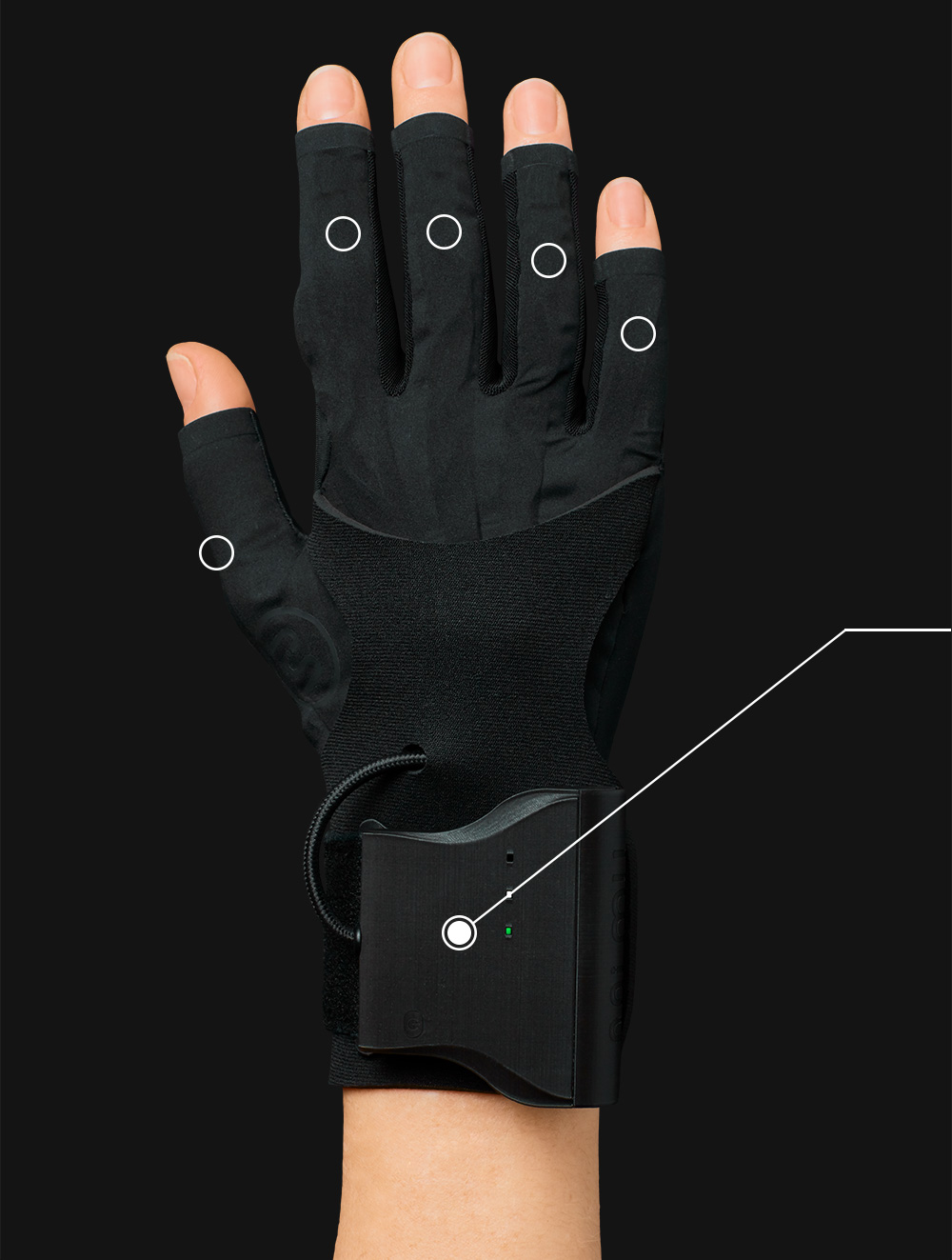
The chip inside the black plastic wrist housing is a motion-sensing Intertial Measurement Unit (IMU) device that measures the movements and orientation of the gloves. It can also detect sharp movements (‘drum hits’) with accelerometer peaks.
Orientation inputs are movements and have three components:


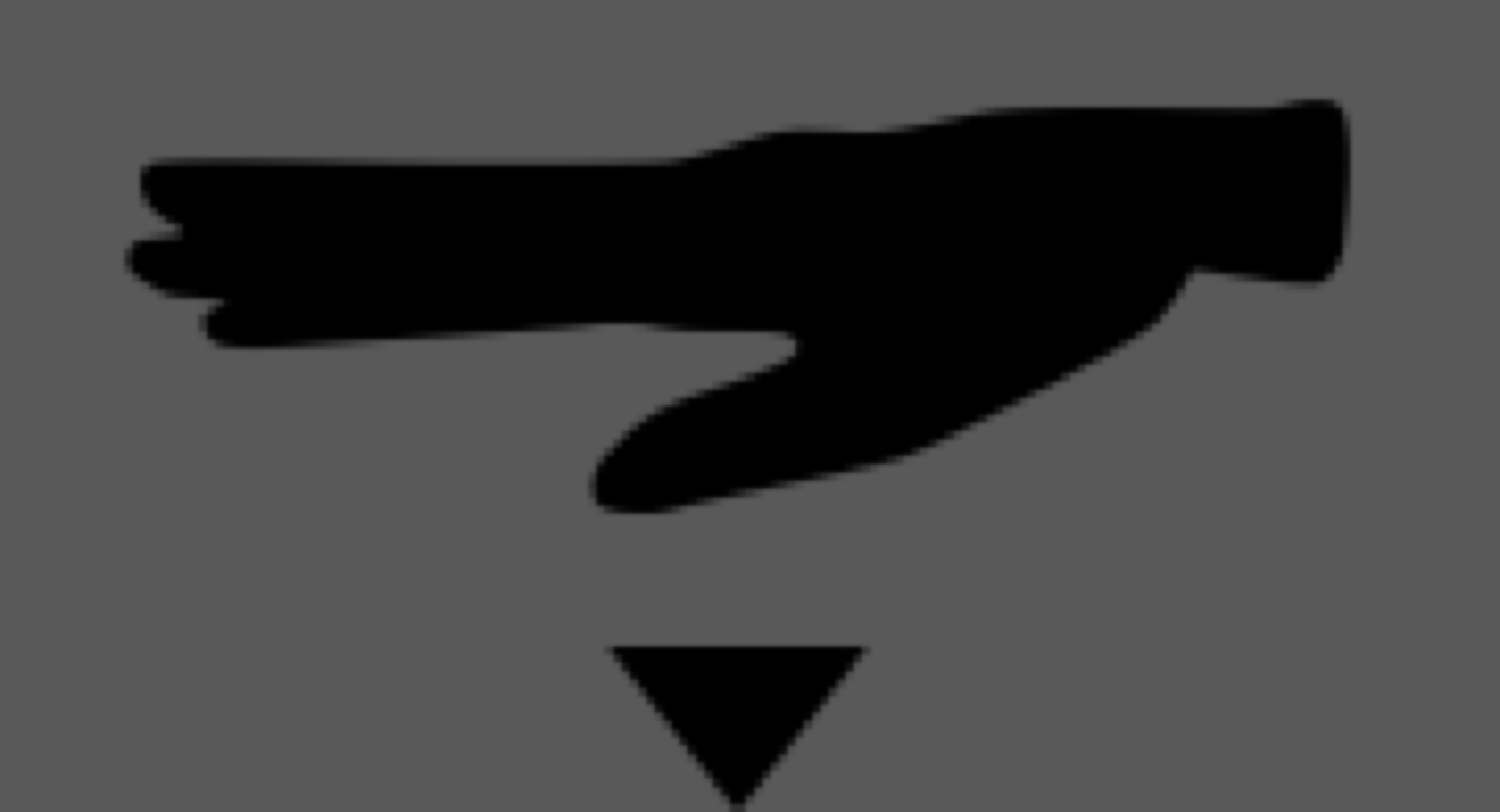
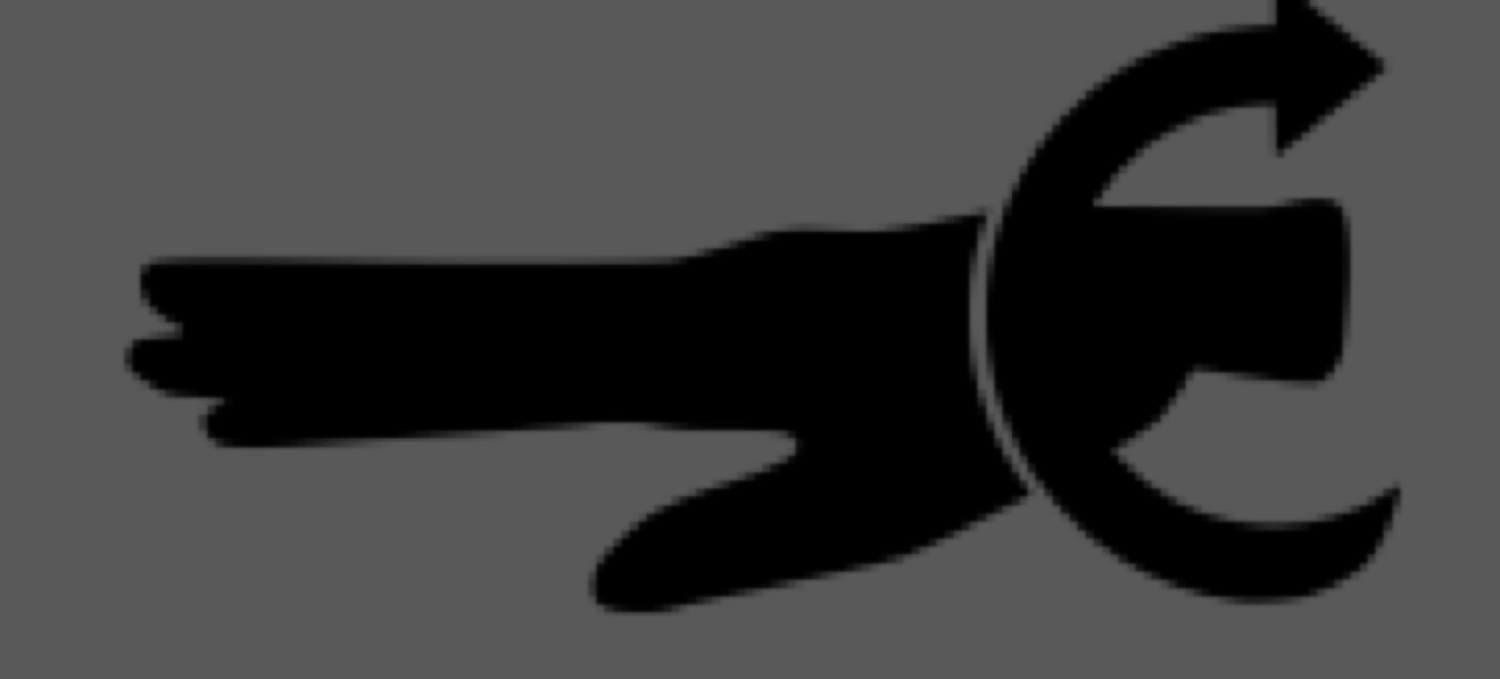
NOTE: this is not an absolute direction relative to the direction you have set as "forward" for your body, but rather a direction relative to your arm. So, for example, if your arm is pointed FORWARD then palm tilt Left will have your palm facing Left. However, if your arm is pointed LEFT then palm tilt Left will have your palm facing backward.
Important Note: The sensors for palm direction are actually in the wrist, so these could more precisely be thought of as the direction the inside of your wrist is facing.
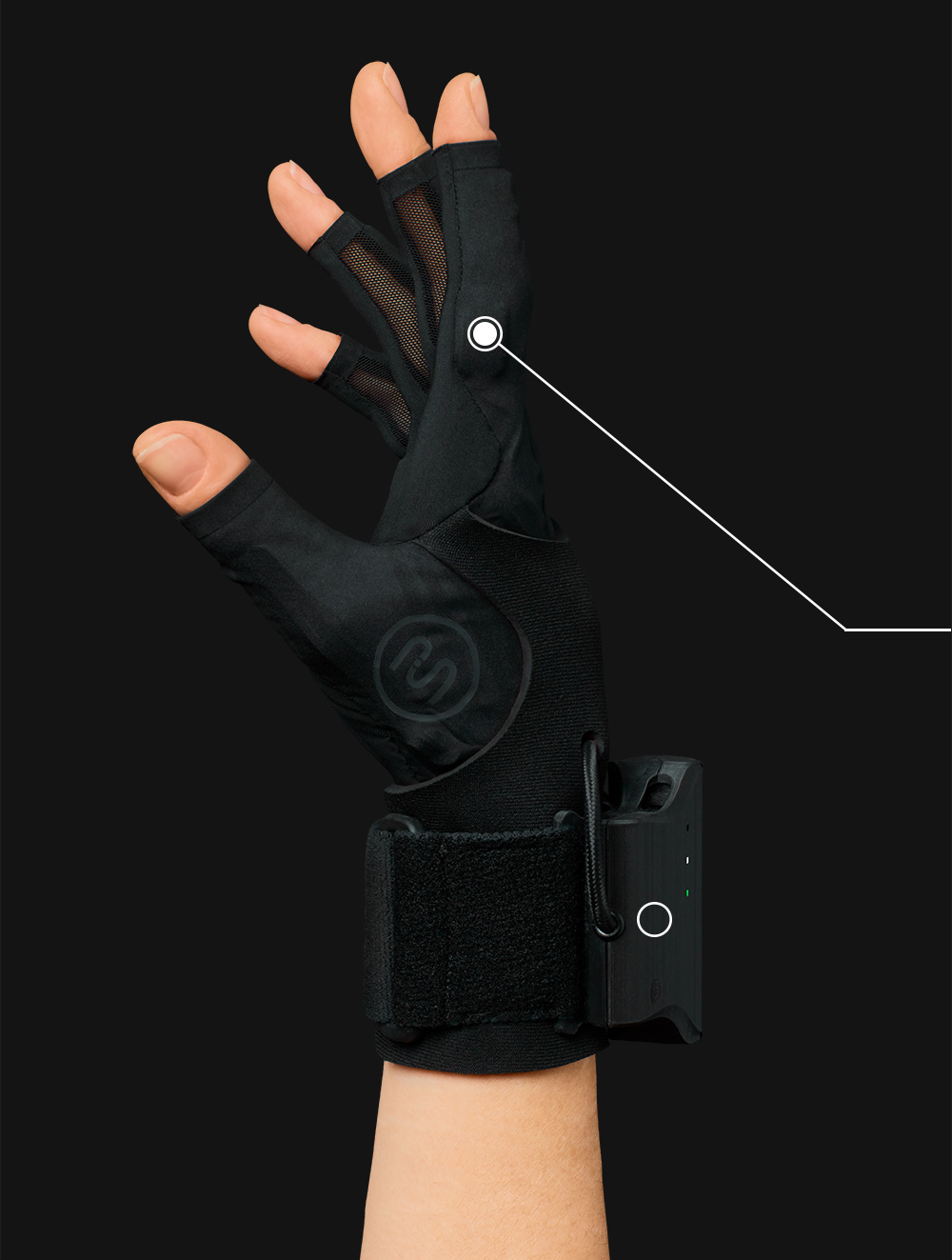
Each glove has one button that you can map to any MIDI or OSC message, just like the postures and directions. For simple 'utility' actions, it is sometimes preferable to quickly push a button instead of making a difficult set of postures to trigger something. Try for example to set forwards using the button. Glover can detect "button down" and "button up" as separate inputs for maximum control.
The MiMU Gloves have one button located on the side of the index finger between the two main knuckles. There are two possible button inputs that are detected:
It can be very helpful to receive haptic and visual feedback from the computer to the gloves, removing the need to see the computer screen. Two feedback modes are built into the gloves and available for use.

The LEDs on each glove act as a type of feedback. Each LED can be programmed by the user to notify the user of changes in the software or to give an indication of positional information through changes in colour or patterns of blinking. You could, for example, map your lights to turn orange when you’re playing the bass and yellow when you’re in drumming mode.
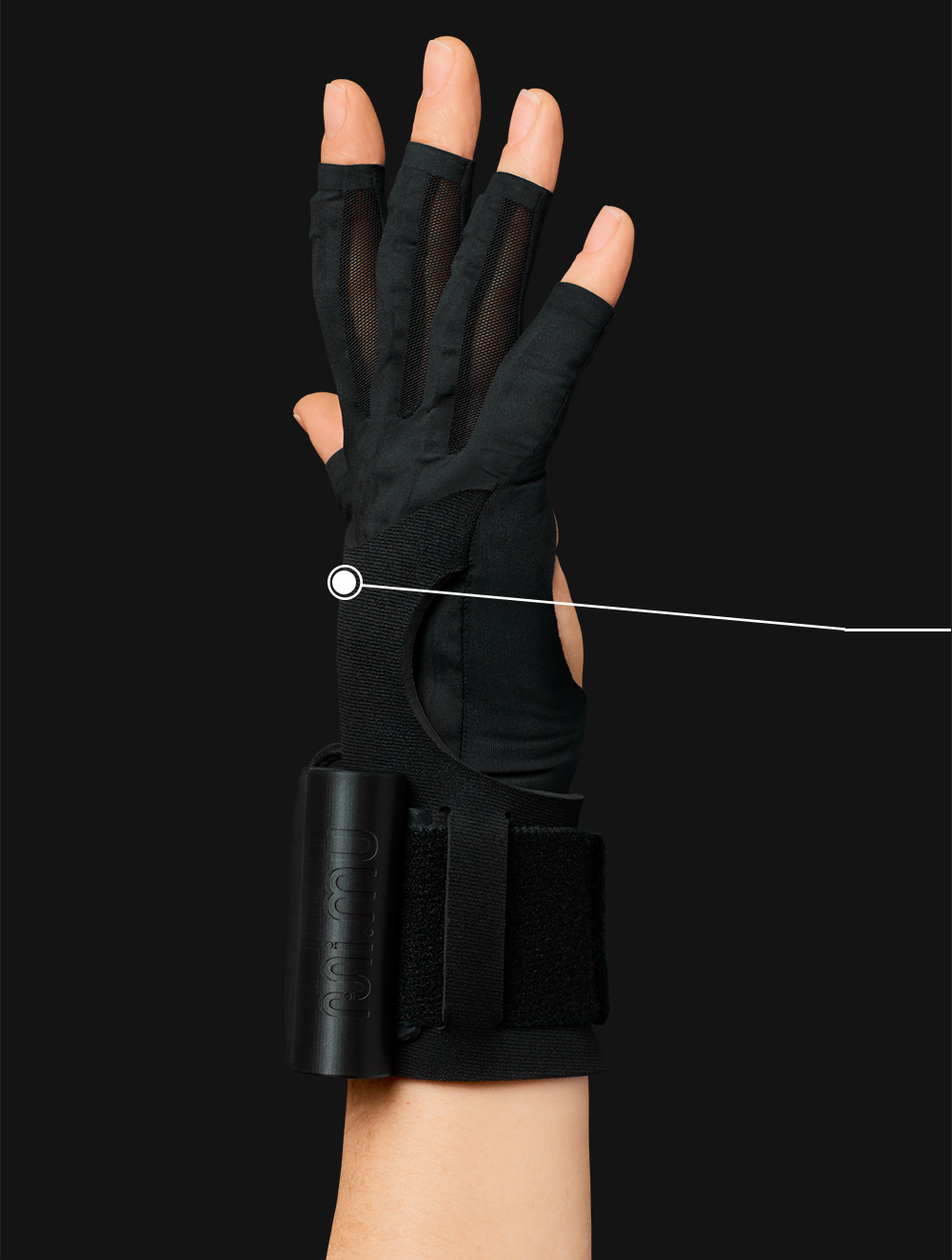
A vibration motor (sometimes called a "buzzer") on the back of the hand acts as another form of feedback. Vibration Motors provide haptic feedback to the glove user and can be programmed to vibrate in different modes directly from Glover. They vibrate automatically when you turn the gloves on and they can be mapped to vibrate to give yourself signs that something has happened. For example, you could set them to vibrate when you have set forwards.
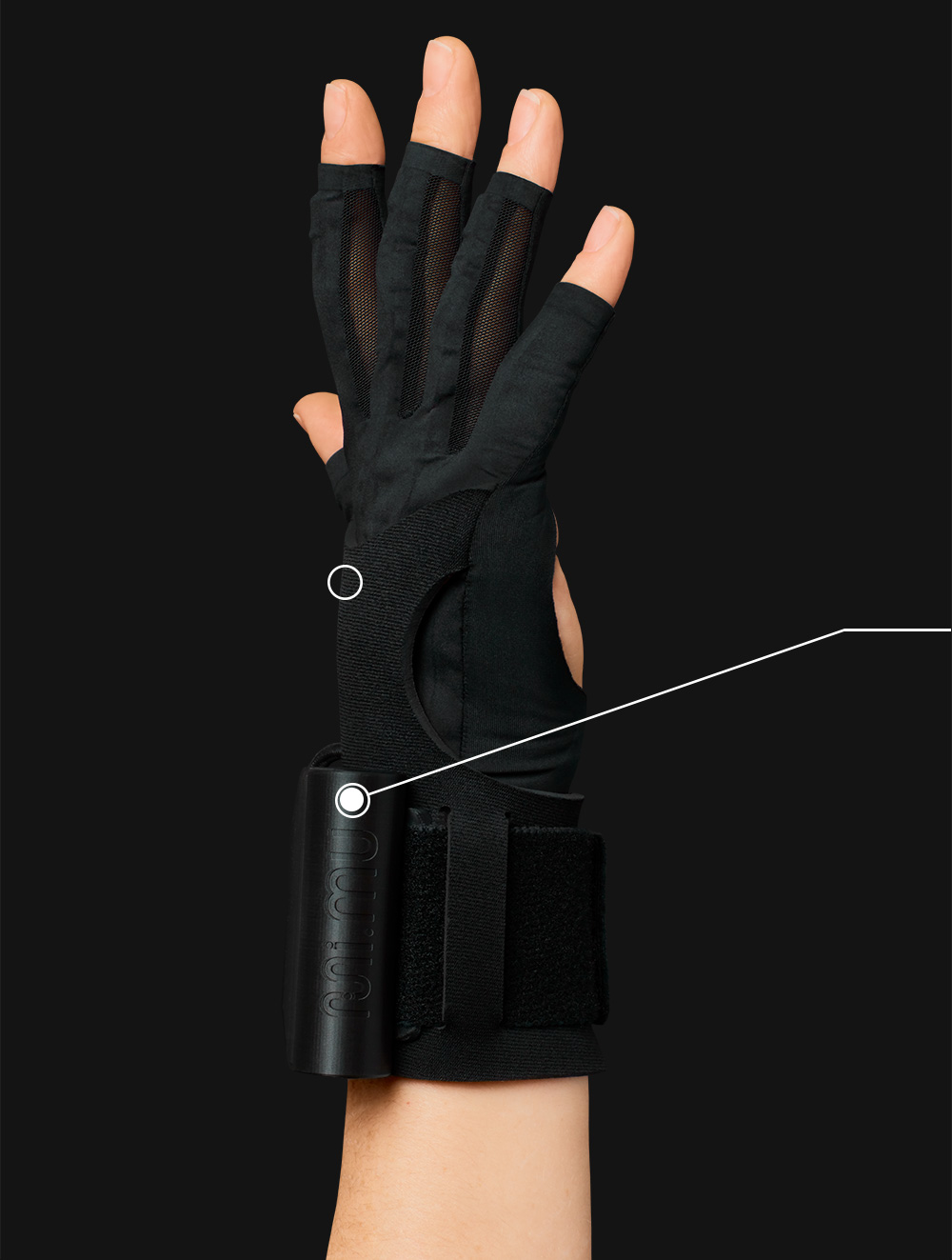
The batteries supplied are 18650 batteries with circuit protection and with a nub at the positive end.
IMPORTANT: The gloves are designed such that the batteries do not ever need to be removed. The gloves can be used while charging. Do not change the batteries without instruction from the MiMU team, and never use any other battery with the MiMU Gloves other than the one supplied or recommended by MiMU.If, however, you must change the batteries, follow these instructions carefully. Extreme caution should be exercised when handling batteries, especially if removing and changing out. If the battery is removed, it must be kept in the plastic battery case supplied with your gloves - never carry batteries loose, e.g. in a bag or pocket. A key or coin could easily damage the battery and cause it to fail or explode.
Never insert the battery backwards. The flat end should always be touching the terminal with the coiled spring. The nub end (positive) should never be touching the spring. Please refer to the battery safety instructions shipped with your gloves